
This article features affiliate links, meaning we’ll earn a small commission if you purchase through these links. Please read our Privacy Policy for more details.
56-YO Ursache Gheorghe Living a Self – Sufficient Homesteading Life in Dobrogea
Wanderers over the Romanian seaside here and there come across beautiful small villages with low-roofed cottages of grey stone, weather-worn, and fenced round with a low wall of uncemented stone. On the outskirts of a village of the latter description, on a hill slope by a lake, in the most soothing scenery, 56 year-old Ursache Gheorghe is living a lifestyle of self-sufficiency. He started homesteading 35 years ago, when he moved from Botoșani to Dobrogea.


During communism, the forced collectivization of farms from Moldavia brought privation and famine, forcing peasants to travel for food. “I would travel to the seaside to get cereal supplies for my family. We were eleven siblings. Teams of workers were transported to work the fields in Dobrogea. In autumn we would receive compensation in the form of cereals, wheat and corn. I fell in love with this area and decided to move here and start a small farm.”, he remembers.
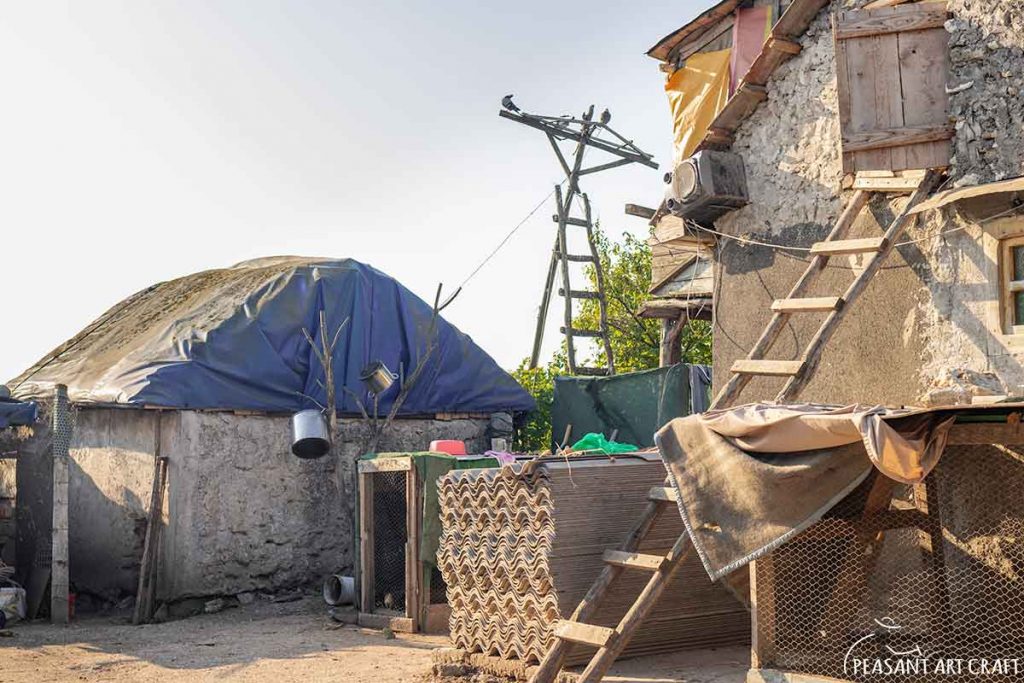
He moved with his wife in Hagieni, a hamlet lying ten kilometers from the Bulgarian border. A four kilometers unpaved road serves as only access to the village.

Nestled in the midst of nature, close up to the edge of a great timeless forest, The Natural Reserve-Hagieni Forest, the area is simply breathtaking, with ponds with aquatic vegetation and swamp, rocky steppes and limestone ravines.

In the middle of this idyllic scenery is the lake, with hills surrounding it. Founded in 1824 by a community of Tatars, a Turkic-speaking ethnic group, the village is now inhabited by both Tatars and Romanians, such as the Ursache family.



The farm is well-organized. The animals are kept in a tidy and good-looking place. Up front is a well-tended vegetable garden. On the left, a stone house built in the classic Ottoman style, with arcades.
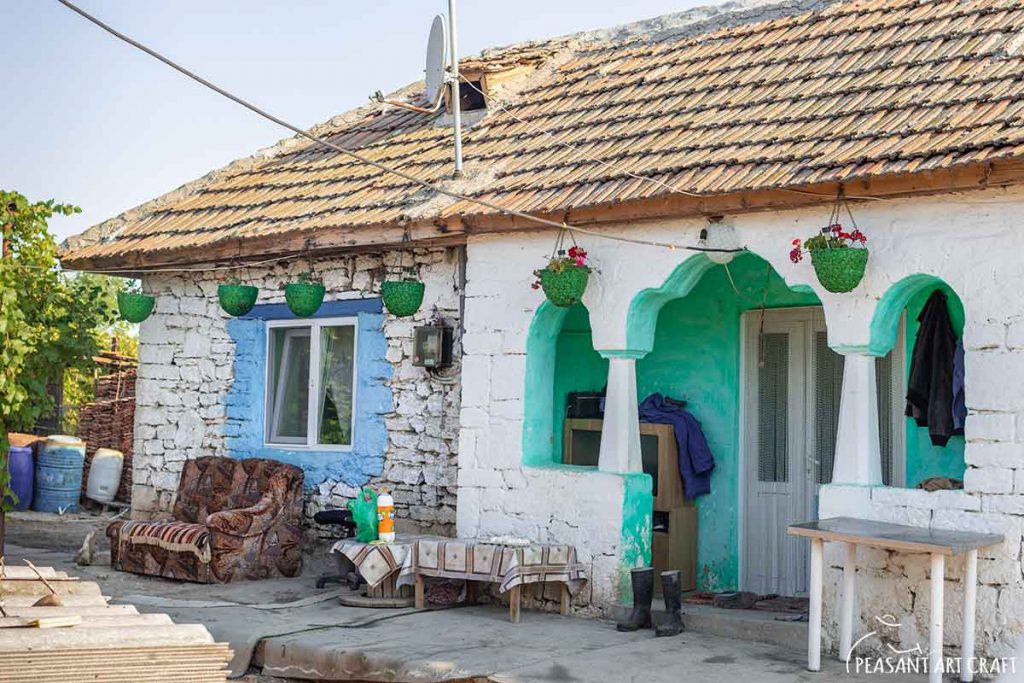
On the right, a kitchen, a pigeon house and the henhouse. The flock of chicken incessantly clucking and moving around awaiting release. In front, the byre, a barn and the greatest view of the lake.
Hand Milking the Cows
The day starts at 5 am. A cow just gave birth and it needs to be milked in order to relieve pressure from her udder. Among their daily duties at the farm, milking the cows is first on the agenda.
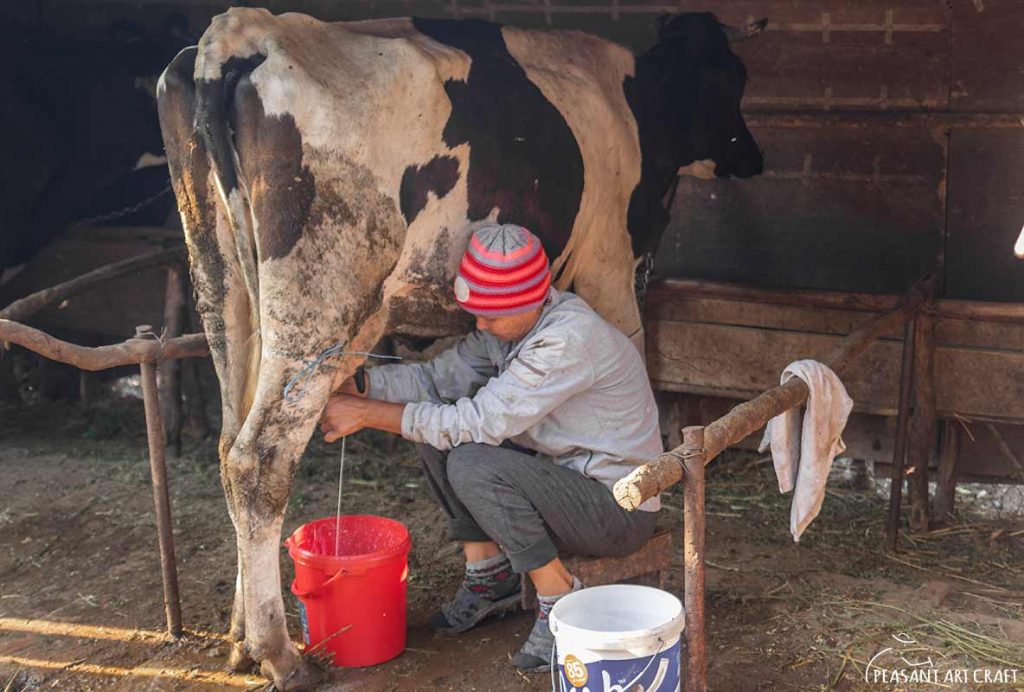
„Each cow spends about 10 minutes being milked. A cow gives 10 liters of milk.”, he says, while leading the first cow toward the milking place, a roofed shelter with a side wall and a clean rough surfaced wooden floor. With the help of his wife, who follows him, doing the same thing, milking is finished in less than one hour and the cows are sent out to pasture.
Making Artisan Cheese
Affiliate links Ultra Fine Cheese Cloth Roll for Cooking Straining Unbleached Cotton

With the milk collected, they make artisan cheese by hand. The milk is transferred into a container, warmed to 35°C and coagulated with rennet for about 30 minutes. The curd formed is cut, followed by resting about 20-30 min. To remove excessive whey, the curd is transferred into a container and pressed under weights in a cheesecloth. It is left to drain two hours. Then, the curd is cut into slices and salted.
Similar: Smoked Cheese Made in the Carpathian Mountains – VIDEO
Affiliate links Cheese Mold with a Follower and Cheesecloth Cheese Making Kit
Similar Articles
Romanian Cheese Experience at Remote Farm in Transylvania
Old Style of Preserving Pickles Without Adding Preservatives
Mowing Hay With Scythe at Traditional Farm in Dobrogea, Romania
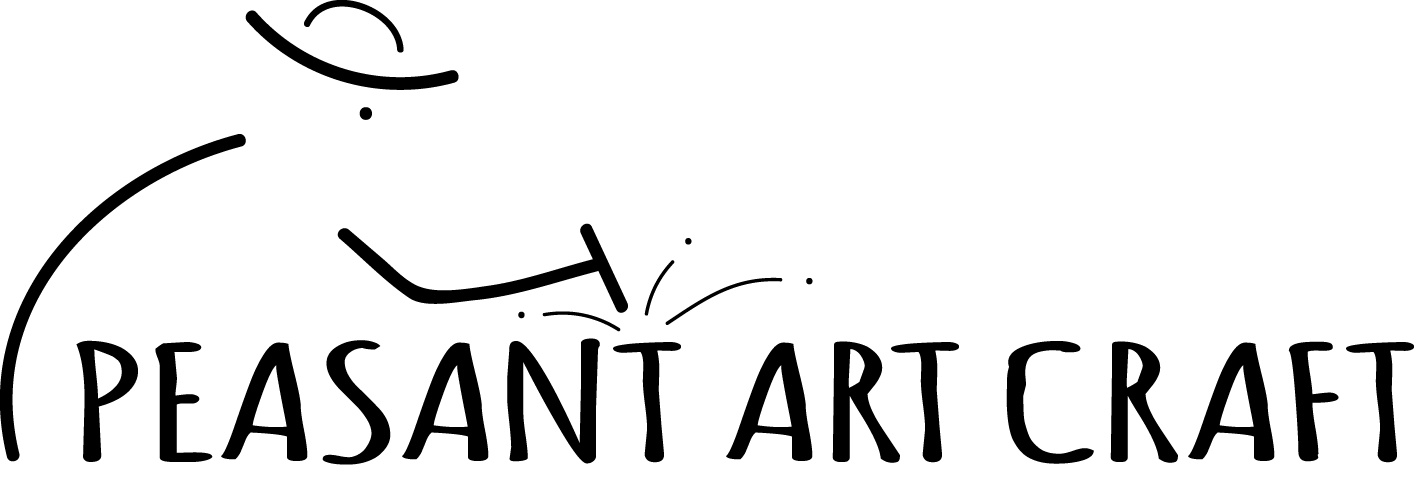
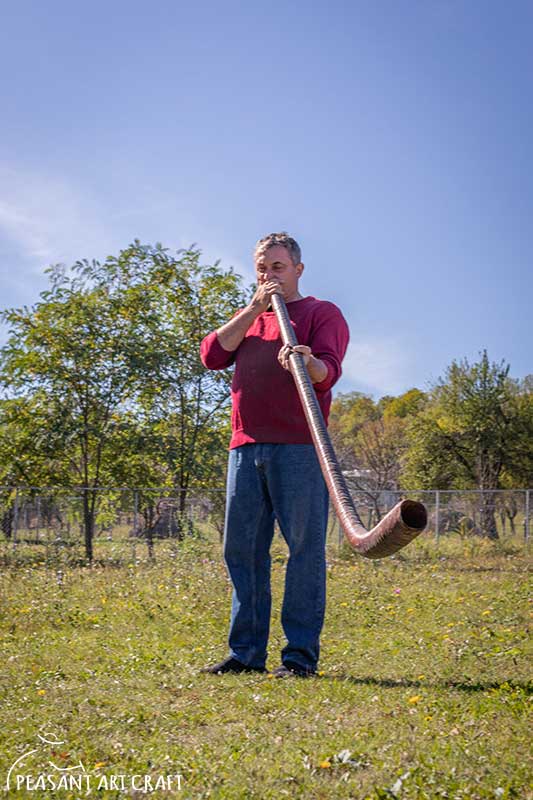
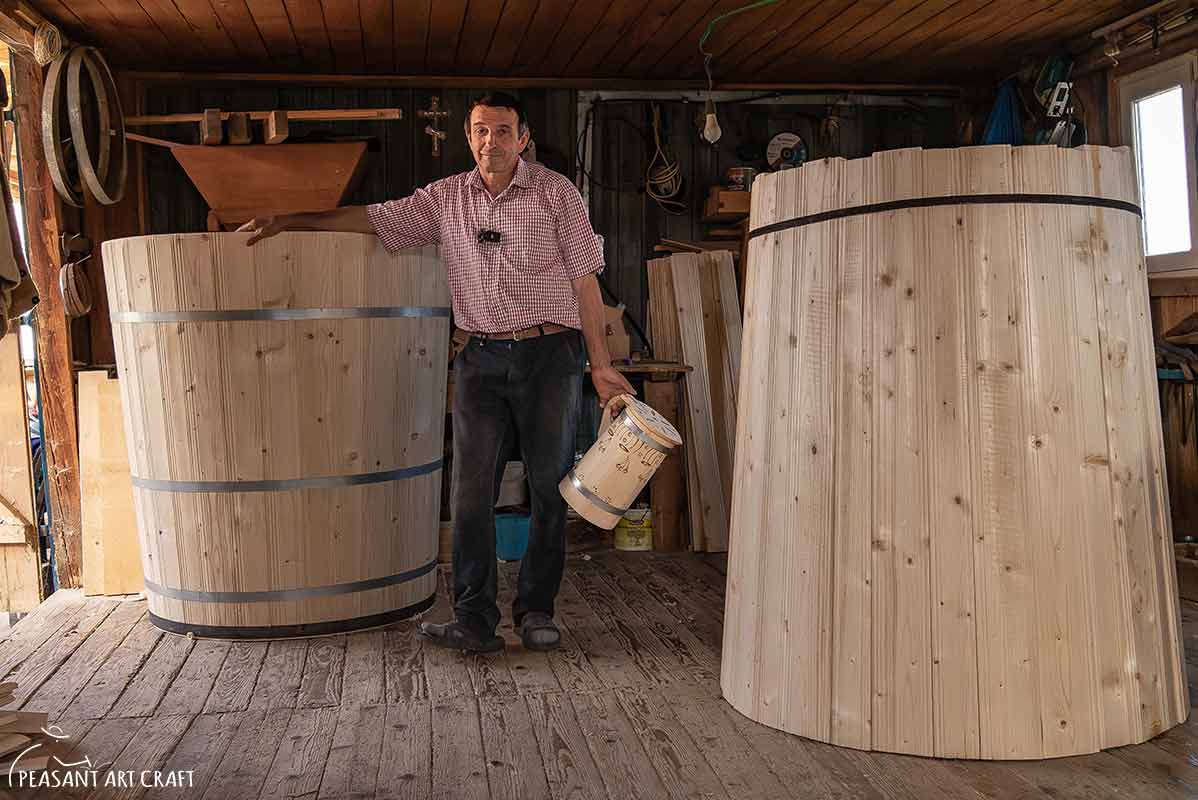
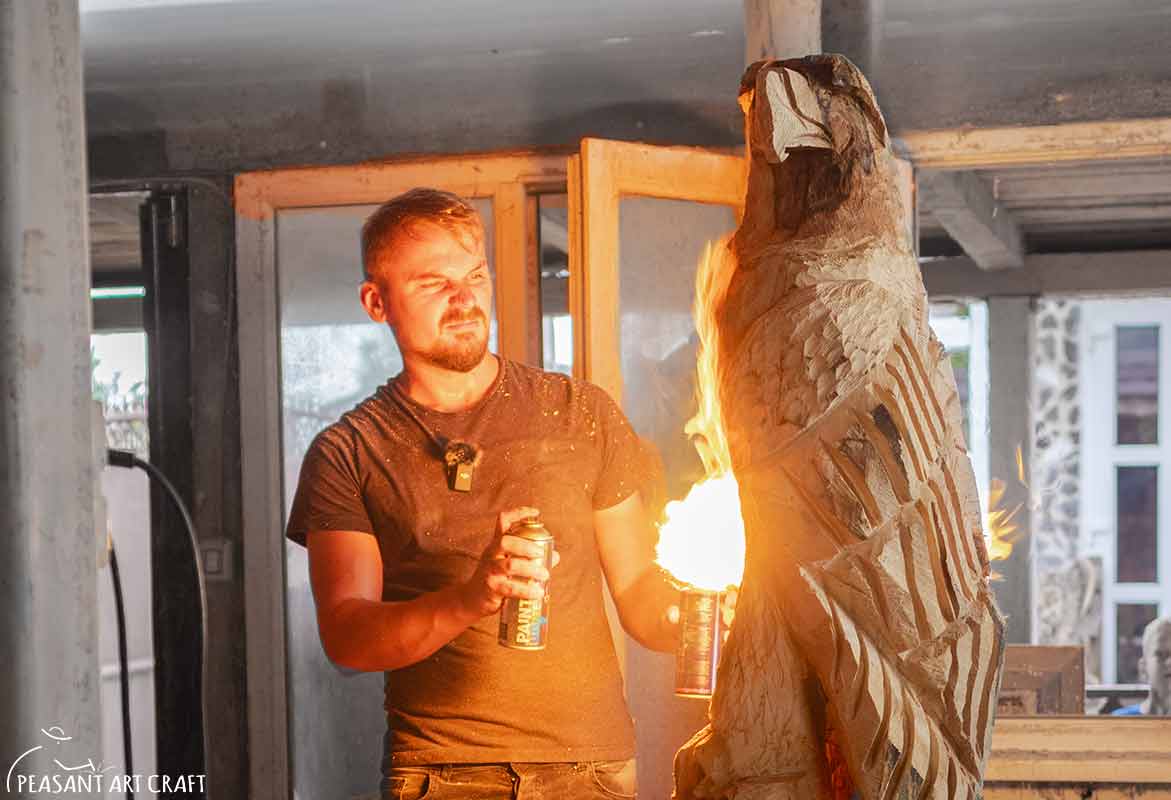
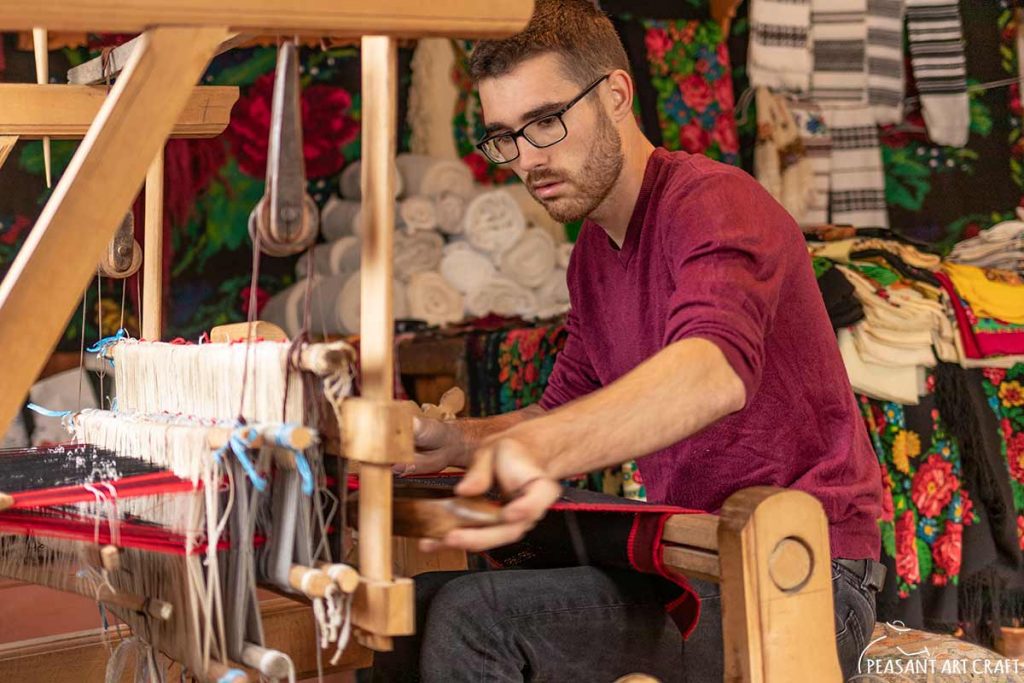

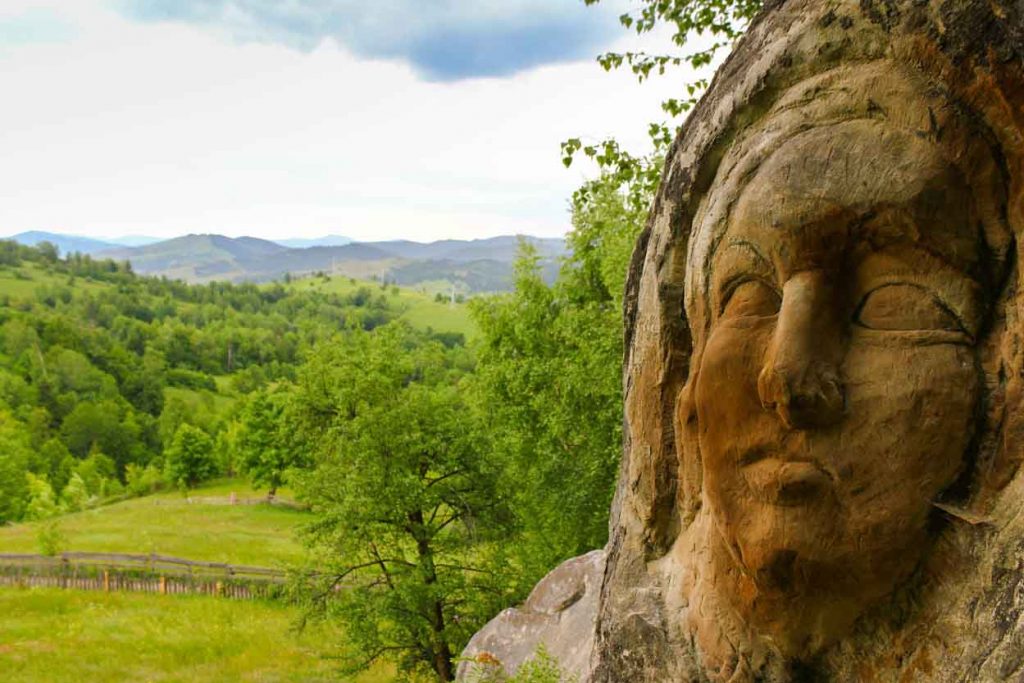



Leave a Comment